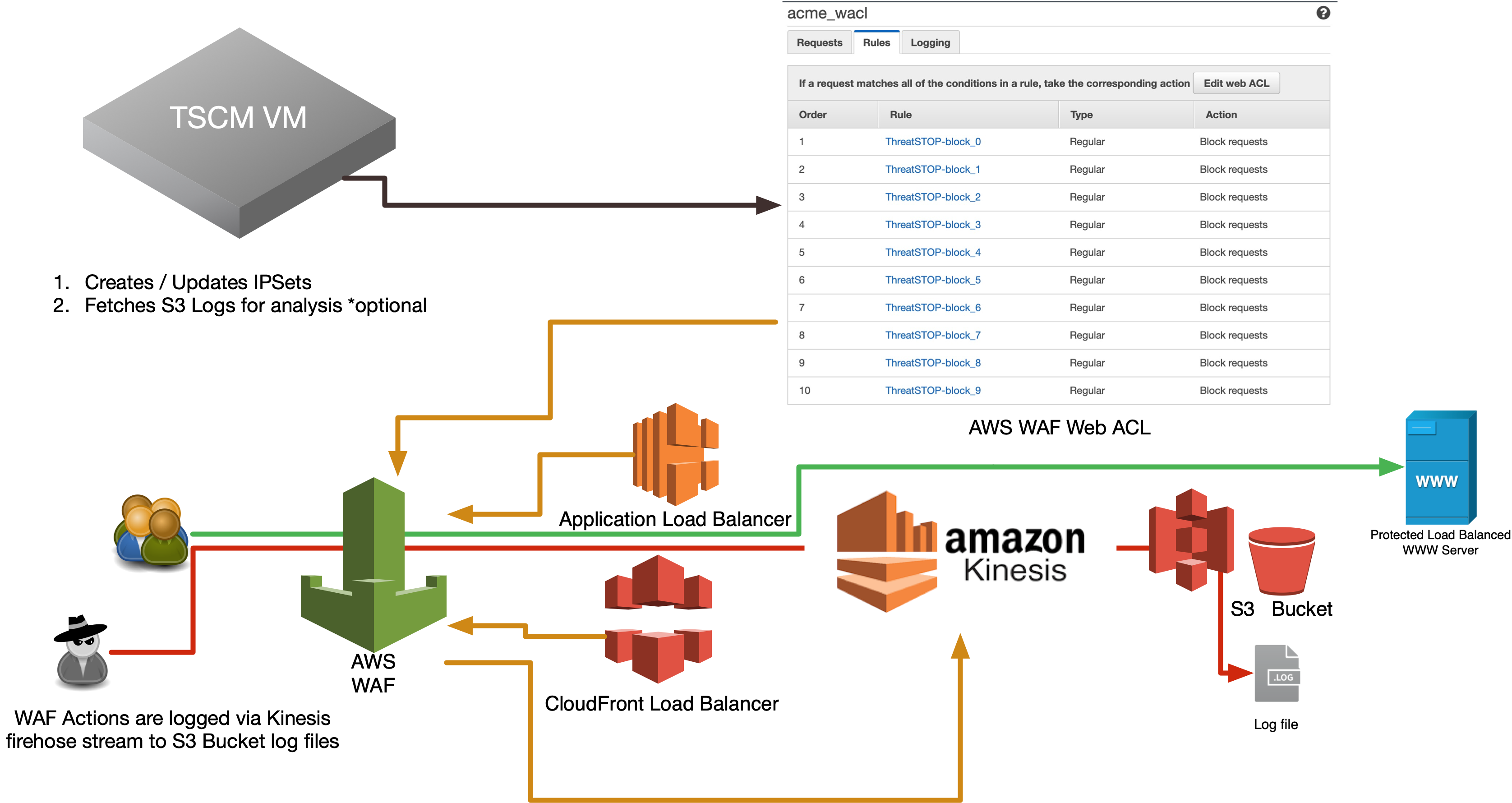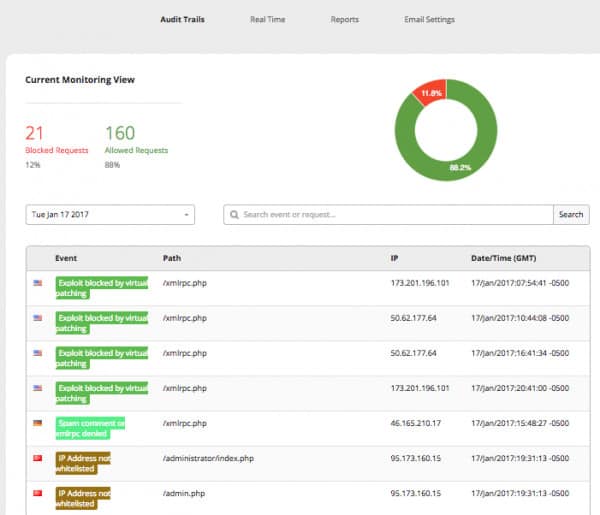

Threats like security misconfigurations, cross-site scripting, and SQL injection attacks. Protection against web exploitsĭeploying a cloud WAF is a good way to protect applications against variety of threats. Users access the website through the nearest PoP. The CDN created by the WAF is deployed globally across multiple points of presence (PoP). Some may provide a content delivery network (CDN) that improves website load time by caching the website. Content delivery network (CDN)Ĭloud-based WAFs are deployed at the edge of the network. This enables customization of WAF behavior without the risk of legitimate traffic getting blocked. WAF operators may define and instantly apply organization- or web application-specific security rules to application traffic.

So even when the application sustains attacks that don’t match known malicious patterns, a WAF can identify the behavior. They monitor traffic and characterize baselines for specific varieties, and in doing so capture anomalies. The best web application firewall software and platforms use artificial intelligence algorithms and machine learning to perform behavioral analysis. Creating a robust application profile may help identify and block abnormal or malicious requests. The WAF analyzes overall web application behavior and structure, including typical requests, URLs, and permitted data values and types. By adding a WAF into your larger cyber security strategy, you can proactively address the risks that come with this expansion.

This massively increased the attack surface of application programming interfaces (APIs) and web applications.

Remote work trends, “bring your own device” policies, and an increased use of SaaS applications are arguably the reason. Organizations face increased application-level security risks. There are many important reasons to add a web application firewall to an enterprise security strategy. These include: SQL injection, cross-site scripting (XSS) attacks, cross-site request forgery (CSRF), denial of service (DoS), distributed denial of service (DDoS) attacks, cookie poisoning, and zero-day attacks.īenefits of a web application firewall (WAF) With that in mind, a WAF protects the organization against a range of application-layer attacks. This means implementing the right WAF a critical step. Acting as a reverse proxy, the purpose of a common web application firewall is to shield applications from malicious requests.īecause applications are the means for attackers to connect to valuable data, they are also the leading source of breaches. WAFs achieve this goal by monitoring, filtering, and analyzing traffic between the internet and the web application. A web application firewall (WAF) is a security device designed to protect organizations at the application level.


 0 kommentar(er)
0 kommentar(er)
